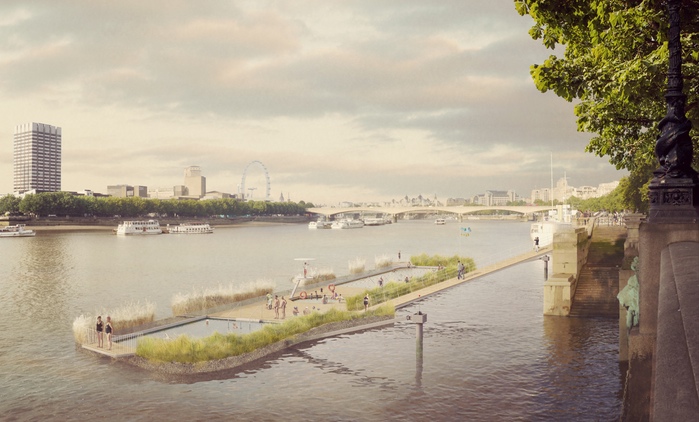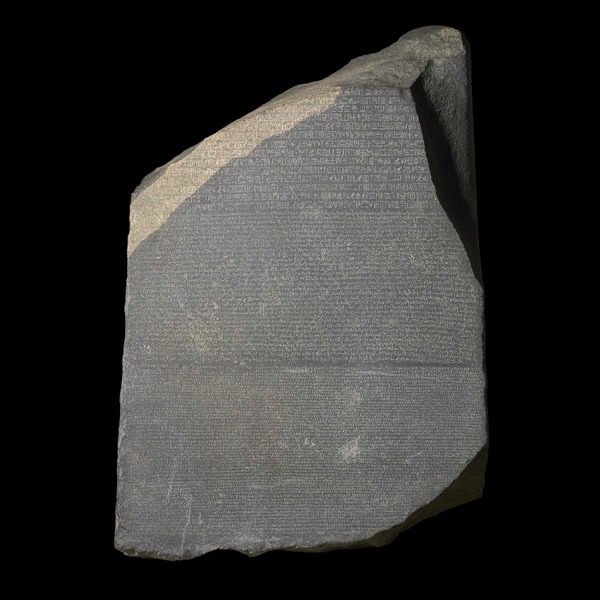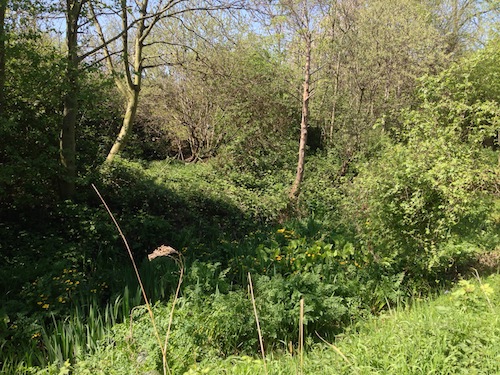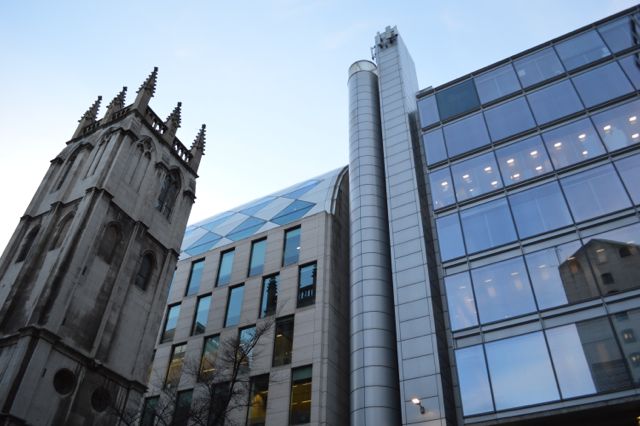
The iPlayer London collection
If you’re at all interested in the recent history and culture of London (and let’s face it, if you’re not you really have come to […]

If you’re at all interested in the recent history and culture of London (and let’s face it, if you’re not you really have come to […]

Over on Kickstarter, the Thames Baths Project is within a whisker of getting its first stage of funding together to build a swimming pool on […]

The very first moving pictures of London were taken by the cinematographic pioneer William Friese-Green in January 1889. He filmed Apsley Gate near Hyde Park […]

It’s a very dull piece of a granite-like stone, and the stuff that’s carved on it isn’t hugely interesting either – it’s to do with […]

Having passed through the King’s Cross development quite frequently over the past few years to meet clients, I know that the changes there have been […]

To the British Library for their excellent Magna Carta – Law, Liberty, Legacy Exhbition* Although 800 years old, the two copies of the Magna Carta […]

Stand with your back to the City of London police HQ in Wood Street and you can see the collision of old and new in […]

So I’m researching a short blog post on the architecture of Wood Street in the City of London, and Mr Google presents me with an […]

Caravaggio: The Supper at Emmaus: 1601 We’re looking at the painting of a scene described in the gospel of St Luke. The story is that […]

PREVIOUS: BOTTICELLI, VENUS AND MARS Leonardo da Vinci: The Virgin of the Rocks: Late 1400s, early 1500s There’s some imprecision about the date, which I’ll come to […]
Copyright © 2024 | WordPress Theme by MH Themes